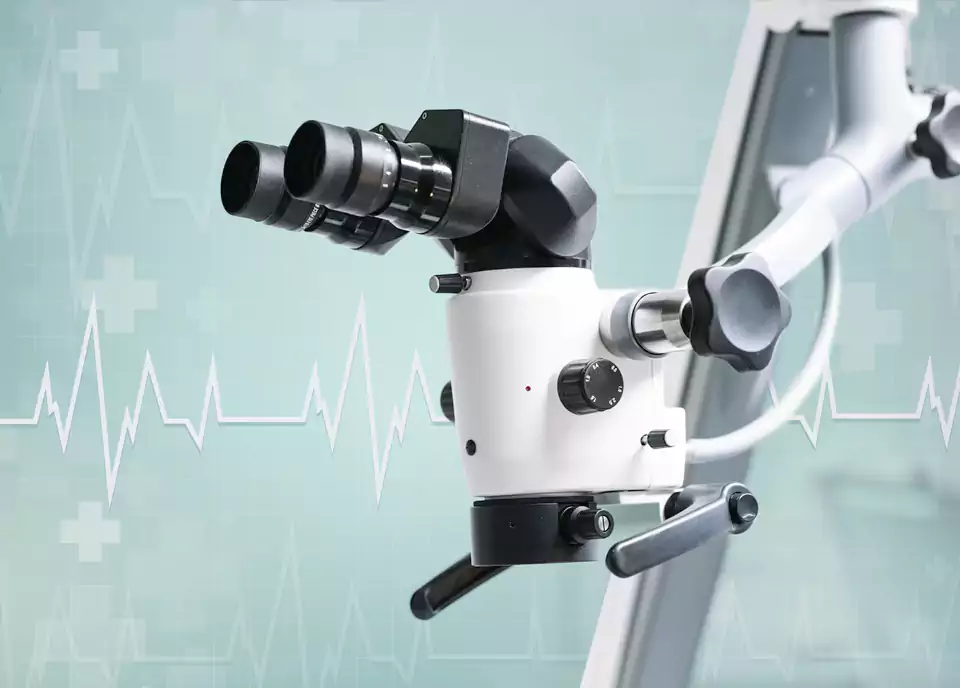We guide the entire PMA submission process from start to finish, ensuring that your medical devices meet FDA requirements, and the submission is safe, effective, and compliant, facilitating a smoother approval process for your product.
Premarket Approval (PMA) is the FDA’s most stringent review pathway for medical devices. It is a comprehensive scientific and regulatory review to evaluate the safety and effectiveness of Class III devices – those that support or sustain human life, prevent impairment of health, or pose a potential unreasonable risk of illness or injury. Because general controls and special controls are inadequate for such high-risk devices, the law (Section 515 of the FD&C Act) requires that manufacturers obtain FDA approval of a PMA application before marketing these products. In other words, a Class III device must have an approved PMA (or a granted humanitarian exemption, in rare cases) or it cannot be legally sold. PMA approval is granted only if FDA finds “sufficient valid scientific evidence” that the device is safe and effective for its intended use. This contrasts with the 510(k) pathway (for moderate-risk devices), which only requires a demonstration of substantial equivalence to an existing device. PMA devices typically are novel, high-risk technologies such as implantable cardiac defibrillators, heart valves, or cutting-edge diagnostic systems that demand rigorous evaluation.
The PMA process serves as FDA’s gatekeeper for high-risk innovations. Its purpose is to protect patients by ensuring that life-sustaining or high-risk devices undergo thorough premarket testing and expert review. By requiring clinical trials, laboratory studies, and detailed manufacturing information, FDA gains reasonable assurance that a new Class III device will provide a net health benefit in its intended population. PMA was established by Congress in the Medical Device Amendments of 1976 as the standard for Class III devices, recognizing that these devices often involve new concepts and significant risks. For context, Class I devices (low-risk) are mostly exempt from premarket review, and Class II devices (moderate-risk) usually go through the simpler 510(k) clearance process. Class III devices, however, present such potential risk that FDA oversight must be at the highest level. Through PMA, FDA can demand robust evidence – typically including well-controlled clinical trials – before allowing widespread patient access. This ensures that patients and healthcare providers can trust that an approved Class III device truly does more good than harm in its intended use. As FDA notes, PMA is indeed “the most stringent type of device marketing application” and is only granted when evidence shows the device is safe and effective.
A PMA submission is generally required for any new medical device that is classified into Class III (unless it’s a pre-1976 device not yet subject to a call for PMAs). Class III devices are usually those that sustain life or present a high potential risk. FDA’s regulations (21 CFR 814) spell out that if a device is Class III and not exempt, a PMA is mandatory. In practice, if you are developing a device with no suitable predicate and it addresses a serious health risk or involves novel technology (e.g. an implanted brain stimulator or an artificial organ), you should anticipate the PMA route. The purpose and context of PMA in the regulatory framework is to manage the benefit-risk balance for critical devices. It forces innovators to generate rigorous evidence (from bench tests to clinical studies) and allows FDA to thoroughly vet that data. While the PMA process can be time-consuming and resource-intensive, it provides confidence to patients, providers, and investors that the device meets high standards. For startups and small-to-medium enterprises (SMEs), understanding the PMA context is crucial: it means planning for clinical trials, FDA interactions, and compliance with Quality System regulations early in product development. The PMA pathway is often unavoidable for truly novel, high-risk devices – but it also represents a badge of credibility, signaling to the market that a device has passed one of the most rigorous regulatory hurdles in healthcare.
To put PMA into context, it’s helpful to note the legal foundations. The requirement for PMA comes from Section 515 of the FD&C Act, and FDA’s implementing regulation is 21 CFR Part 814. A Class III device that does not have an approved PMA (or an investigational exemption or other clearance) is considered “adulterated” under the law and may not be marketed. Thus, PMA is not optional for applicable devices. Moreover, FDA charges user fees for PMA review (significantly higher than 510(k) fees) as authorized under MDUFA. As of recent years, the standard PMA fee is on the order of hundreds of thousands of dollars (with small businesses eligible for a 50% reduction) – a reflection of the extensive resources FDA dedicates to these reviews. Companies should also be aware that PMA approvals can come with conditions, such as requirements for post-approval studies or restrictions on device use. Additionally, FDA will publicly announce PMA approvals and make available a Summary of Safety and Effectiveness Data (SSED) to inform clinicians and patients of the evidence behind the approval. All these contextual elements underscore that a PMA submission is not just a formality – it is a highly significant regulatory undertaking embedded in law and aimed at safeguarding public health.
PMA submissions are the cornerstone of FDA’s oversight for the highest-risk medical devices. If you’re a startup or device developer working on a breakthrough device that could save lives or entails significant risk, expect the PMA pathway to be central. It demands strong science, careful compliance, and strategic planning to achieve that coveted FDA approval that signals your device is safe and effective for patients in need.
